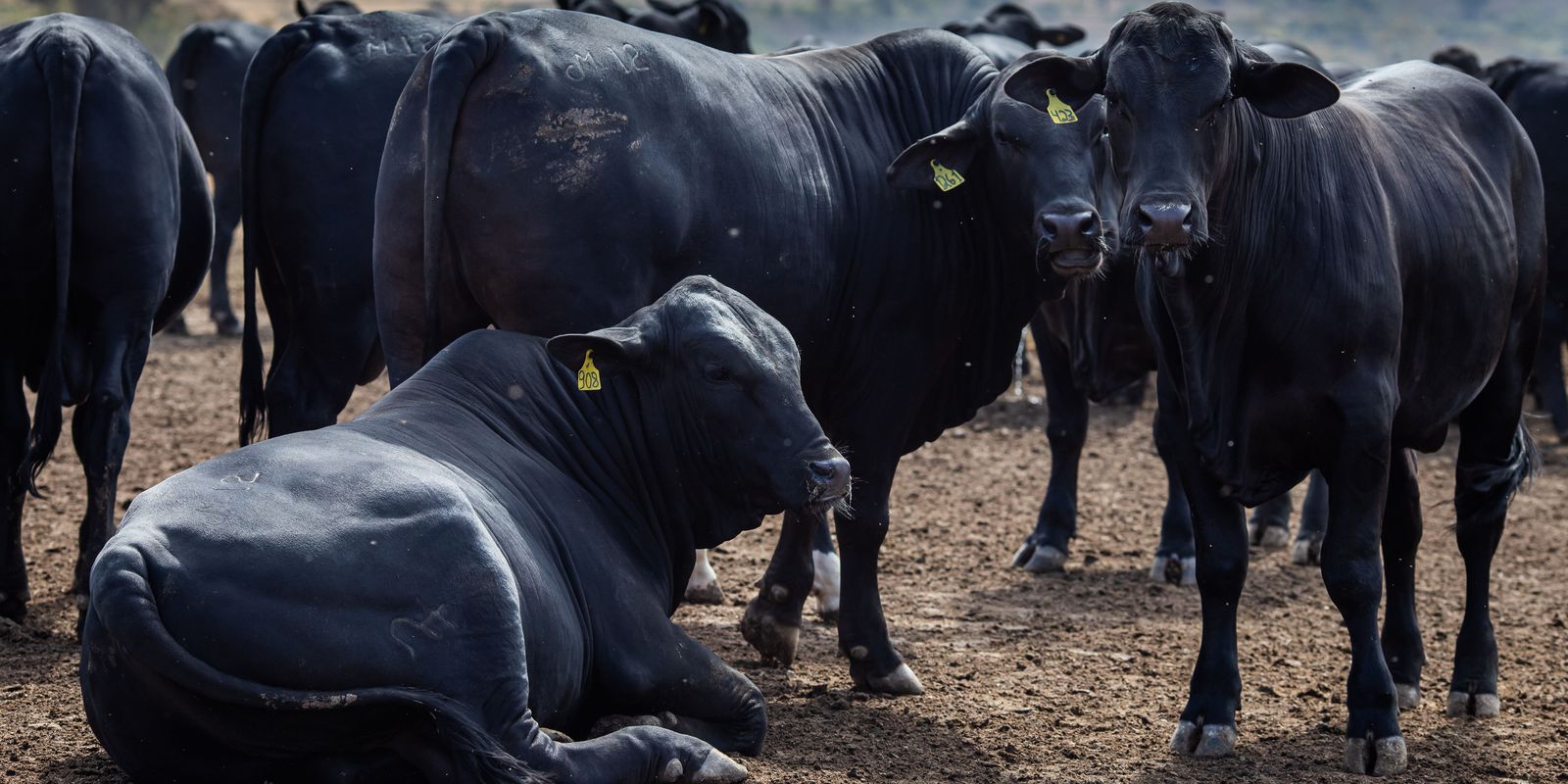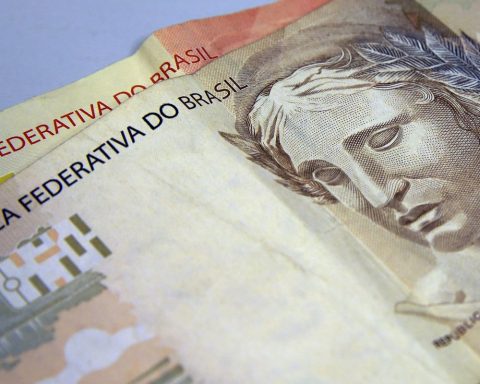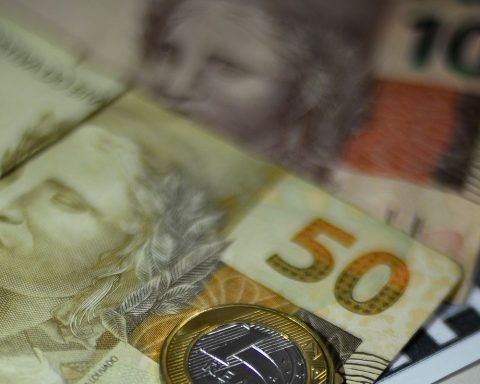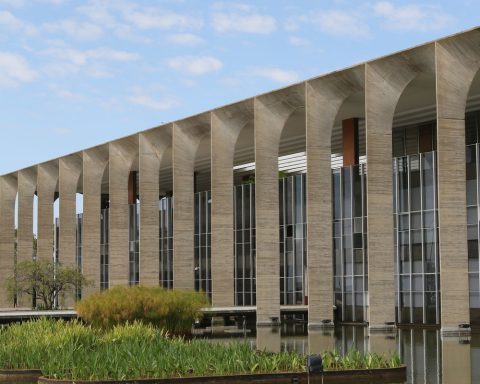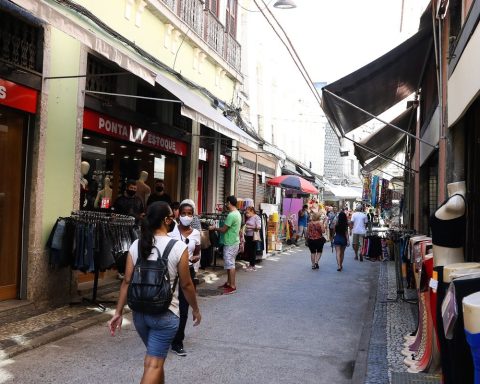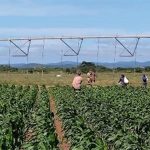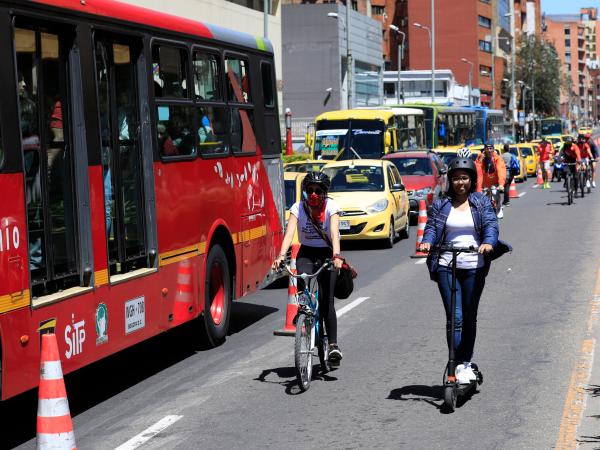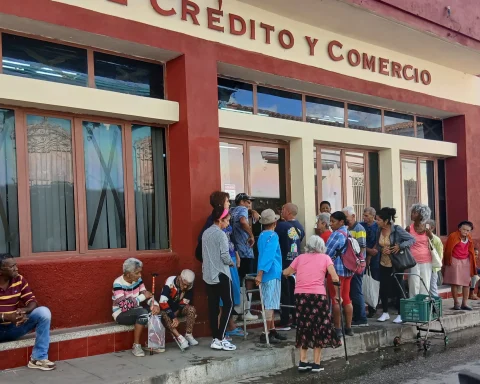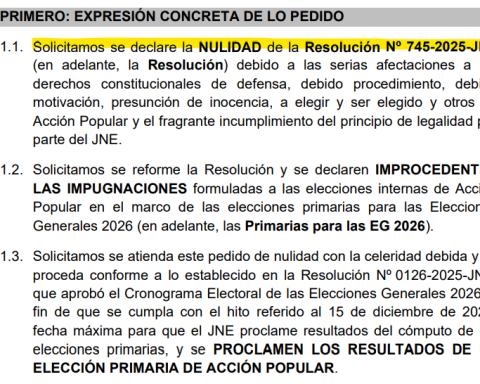The national cattle herd increased by 3.1%, reaching 224.6 million head in 2021, a record in the historical series started in 1974. The estimate continued the growth started in 2019 and was also the highest value ever projected, surpassing the previous record in the historical series, of 218.2 million in 2016.
The data are from the Municipal Livestock Survey (PPM) 2021, released today (22) by the Brazilian Institute of Geography and Statistics (IBGE).
The biggest absolute increases in the number occurred in the states of Bahia (2 million animals), Pará (1.5 million) and Tocantins (1 million).
China remained the leader in Brazilian beef imports, despite the embargo imposed on Brazil from September to December, due to two atypical cases of bovine spongiform encephalopathy, a disease known as “mad cow”.
“The state highlight remained with the state of Mato Grosso, where an estimated 32.4 million heads were estimated – equivalent to 14.4% of the national workforce. As in the previous edition, in 2021 the second largest effective was estimated in the state of Goiás (10.8%) and the third in Pará – which started to occupy this position from the PPM 2020 – and with another year of increase reached a share of 10.7% in the national herd”, says the IBGE.
Midwest
The Midwest is the main region in terms of cattle herd share, and its 75.4 million head was equivalent to 33.6% of the national herd. The North continues to expand and presented the largest quantitative increase, reaching 55.7 million animals, corresponding to 24.8% of the national total.
The largest percentage increase was in the Northeast (9.5%), the fourth largest regional herd, which reached 13.9% of the national total. Meanwhile, the South, which has the smallest regional herd (10.5%), was the only region that showed a drop of 1.8%, a behavior of herd reduction that has been observed since 2017. The increase in the North region came from mainly from Pará and Tocantins and, in the Northeast, from Bahia.
In 2021, São Félix do Xingu (Pará) once again led the ranking municipal number of cattle with a herd of 2.5 million head. Corumbá (Mato Grosso do Sul) continued with the second largest herd, with 1.8 million animals, and Marabá (Pará) maintained the third position with 1.5 million cattle.
According to the IBGE, the number of chickens increased by 3.5%, equivalent to 52.2 million more animals when compared to the previous year. 1.5 billion heads were accounted for.
The swine herd grew 3.2% in 2021, reaching 42.5 million animals, a record in the historical series. Half of this herd is in the South Region. The municipality with the largest herd was, once again, Toledo (PR), with 869,200 heads.
The production value of the main products of animal origin (milk, chicken and quail eggs, honey, silkworm cocoons and wool) reached R$ 91.4 billion in 2021. Milk concentrated 74.5% of this value. Since 2017, Santa Maria de Jetibá (ES) is the Brazilian municipality with the highest value of this production (R$ 1.4 billion).
Chicken egg production surpassed the 2020 mark by 1.7% and reached 4.8 billion dozen, representing another record year in the survey’s historical series. The production value was R$ 21.9 billion. The leading municipality in egg production was Santa Maria de Jetibá (ES), with 339.5 million dozen.
The national production of milk was 35.3 billion liters in 2021, the second largest volume ever recorded in the survey after the record of 2020. The leadership remains with Castro (PR), with 381.7 million liters. The number of cows milked was 15.9 million head, stable in relation to the previous year.
“In the domestic market, with the rise in meat prices, the demand for chicken eggs grew, and the product reached a new production record. In milk production, the occurrence of drought and frost reduced the quality of pastures and grains used for animal feed, harming productivity and, associated with the increase in the activity’s costs, there was discouragement and production in the year was just behind the record of 2020”, says the IBGE.
The national production of honey reached the mark of 55.8 thousand tons produced, up 6.4% over the previous year, a new record. The leading municipality in honey production was Arapoti (PR), with 925.6 tons.
Fish farming reached the highest level in the series, with 559 thousand tons, up 0.9% over the previous year, and R$ 4.7 billion in production value. Tilapia remains the leader in the sector, representing 39.7% (or R$ 2.7 billion) of its production value. The largest producer of tilapia was Nova Aurora (PR), with 20.1 thousand tons and R$ 146.8 million in production value.
